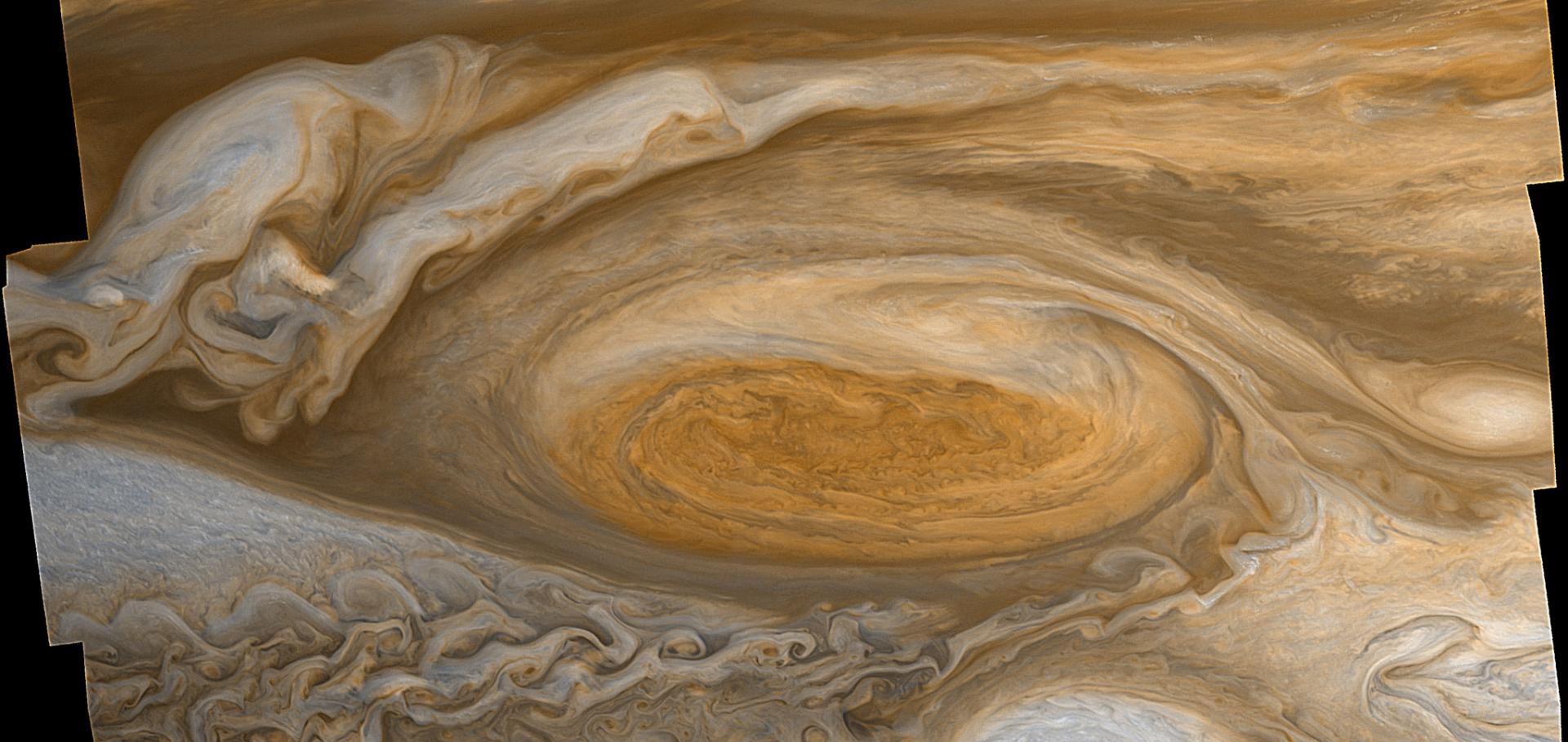Exoplanets and the Sun
Chapter in Zonal Jets, Cambridge University Press (CUP) (2019) 104-116
Terrestrial Atmospheres
Chapter in Zonal Jets, Cambridge University Press (CUP) (2019) 9-45
The World of Jets
Chapter in Zonal Jets, Cambridge University Press (CUP) (2019) 3-6
Zonal Jet Flows in the Laboratory: An Introduction
Chapter in Zonal Jets, Cambridge University Press (CUP) (2019) 119-134
Zonal jets: Phenomenology, genesis, and physics
, 2019


